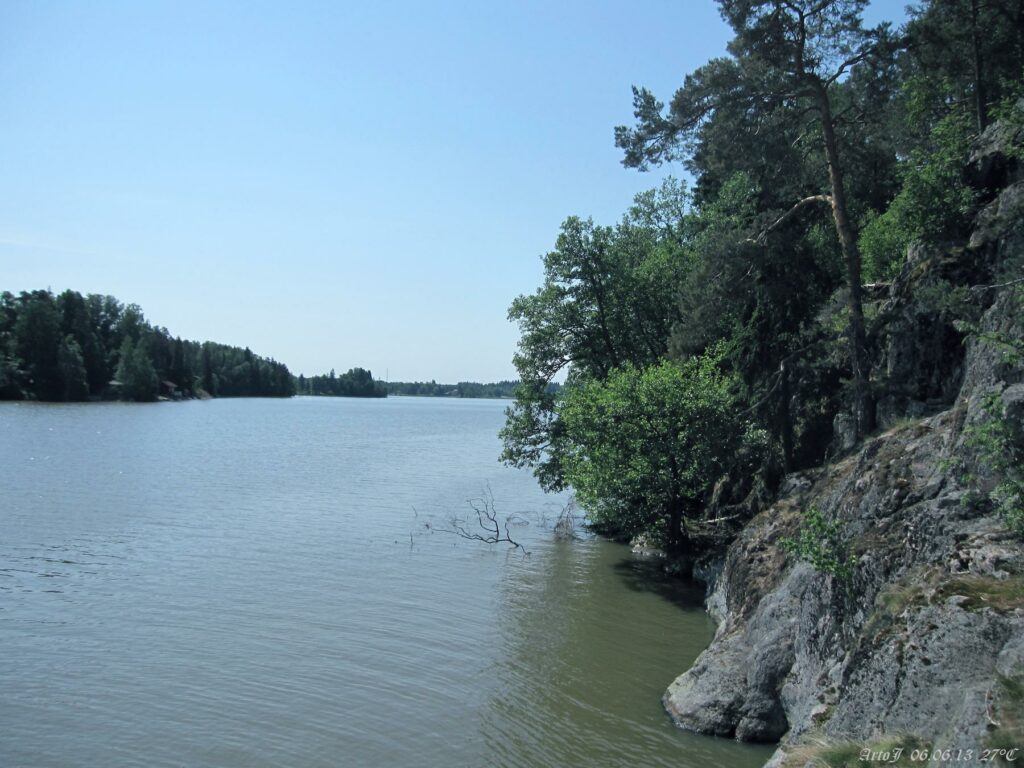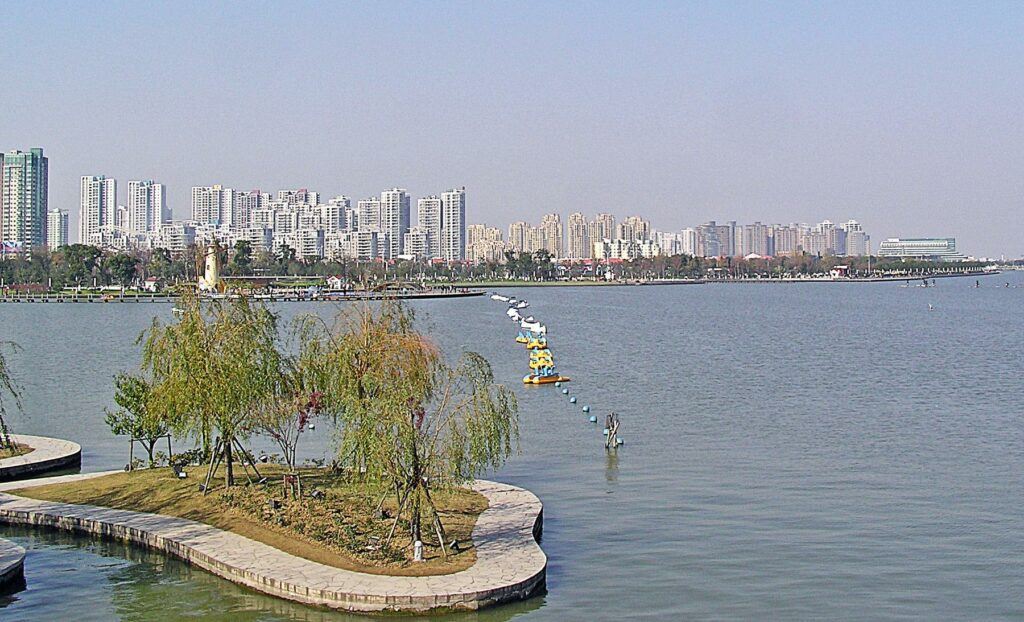Are you looking for the best bass fishing tips? As an outdoor sports enthusiast, you know that catching bass is one of the most thrilling experiences you can have on the water. However, it can be challenging to know where to start or how to improve your technique. That’s why we’ve put together a comprehensive guide full of expert bass fishing tips and tricks for anglers of all levels. Whether you’re a beginner or a seasoned pro, we’ll help take your bass fishing to the next level.
Introduction
Bass fishing is a thrilling outdoor sport that attracts many anglers to freshwater lakes and rivers in pursuit of the elusive bass fish. Whether you’re a seasoned angler or new to the sport, there’s always something new to learn about bass fishing tips and techniques.
Bass fishing can be done from the shore, a pier, or a boat, and can involve a variety of techniques and equipment. From topwater fishing to bottom fishing, from casting and retrieving to using live bait, there are many ways to catch bass.
Understanding bass behavior, the best equipment for bass fishing, and techniques for catching more bass can help you become a more successful angler and enjoy the thrill of reeling in that big catch.

Understanding Bass Behavior
To be a successful bass angler, it’s important to have a good understanding of bass behavior. Bass are elusive and can be difficult to catch, so knowing how they behave can help you increase your chances of success.
Overview of Bass Behavior
Bass are known to be solitary fish and typically stay in the same area for long periods of time. They are also territorial and will defend their territory against other fish, including other bass. Understanding these behaviors can help you identify where the fish are likely to be located in the water.
Factors that Influence Bass Behavior
Several factors can influence bass behavior, including water temperature, time of day, and weather conditions. For example, bass are more active during warmer water temperatures and are more likely to be found in shallow areas of the lake during the early morning and late afternoon. On the other hand, during hot summer days, bass are more likely to be found in deeper, cooler waters.
Understanding How to Read a Lake
Knowing how to read a lake can also help you identify the best areas to fish for bass. Points, drop-offs, and weed beds are all areas where bass are likely to be located. Look for areas where the water depth changes quickly, as these changes can create current and attract baitfish, which in turn attract bass.
By understanding bass behavior, you can increase your chances of catching more fish. So take the time to learn about these behaviors and use that knowledge to your advantage on your next fishing trip!
The Best Equipment for Bass Fishing
When it comes to bass fishing, selecting the right equipment is essential for a successful fishing trip. Consider the following equipment options:
Fishing Rods and Reels
Selecting the right fishing rod and reel is crucial for a great fishing experience. There are several types of fishing rods and reels to choose from, including spinning rods and baitcasting rods. Spinning rods are typically easier to use and are a great choice for beginners. Baitcasting rods, on the other hand, are more advanced and are a better choice for experienced anglers. Consider your level of expertise and choose the option that best fits your needs.
Fishing Line
The fishing line is another important piece of equipment when it comes to bass fishing. There are several types of fishing line to choose from, including monofilament, fluorocarbon, and braided line. Monofilament is a great option for beginners, as it is easy to use and is affordable. Fluorocarbon is a great choice for more experienced anglers, as it is more sensitive and has less stretch than monofilament. Braided line is also an excellent choice for experienced anglers, as it is strong and has no stretch.
Baits and Lures
Selecting the right bait or lure is also crucial for a successful bass fishing trip. There are several types of baits and lures to choose from, including plastic worms, crankbaits, spinnerbaits, and topwater lures. Consider the conditions you’ll be fishing in and choose the option that best fits the situation.
Here are some additional tips to keep in mind when selecting your equipment:
- Choose a fishing rod and reel that are appropriately sized for bass fishing.
- Consider the type of water you’ll be fishing in when selecting your fishing line.
- Choose a bait or lure that matches the type of fish you’re trying to catch and the conditions you’re fishing in.
By selecting the right equipment, you’ll be well on your way to catching more bass and having a great time on the water.

Techniques for Catching More Bass
To catch more bass, you need to use effective techniques. Here are some tips to help you improve your angling game:
Topwater fishing techniques
Topwater fishing techniques are great for catching bass that are feeding on the surface. Try using a popper or a frog for topwater fishing. When using topwater lures, be patient and wait for the fish to fully take the lure before setting the hook.
Bottom fishing techniques
Bottom fishing techniques are effective for catching bass that are feeding on the bottom of the water. Try using a jig or a plastic worm for bottom fishing. When using these techniques, it’s important to stay in contact with your bait and feel for any bites or changes in weight.
Casting and retrieving techniques
Vary your casting and retrieving techniques until you find what works best for the conditions you’re fishing in. Sometimes a slow and steady retrieve will work, while other times a fast and erratic retrieve will be more effective. Remember to keep your line tight and be ready to set the hook at any moment.
Using live bait
When using live bait, it’s important to use the right size hook and to keep the bait alive and active. Try using live minnows or worms for bait. When fishing with live bait, be patient and wait for the fish to fully take the bait before setting the hook.
Setting the hook properly
Setting the hook properly is important for successful bass fishing. To set the hook, you need to feel a tug on your line and then quickly pull back on your rod to set the hook in the fish’s mouth. Remember to keep your line tight and be ready to set the hook at any moment.
Landing and handling a catch
When you catch a fish, you should use a landing net to bring the fish on board your boat or to shore. You should also handle the fish gently and with care, as rough handling can injure the fish. When releasing a fish, you should hold it in the water and gently remove the hook. You should also revive the fish by holding it in the water until it is strong enough to swim away.
By using these techniques, you’ll have a better chance of catching more bass and having a successful fishing trip.
Choosing the Best Location for Bass Fishing
When it comes to bass fishing, choosing the right location is crucial for a successful fishing trip. Here are some tips to help you find the best location for bass fishing:
Types of Water Bodies
There are several types of water bodies that are good for bass fishing, including:
– Lakes: Lakes are great for bass fishing because they can provide a variety of habitats for bass to live in.
– Rivers: Rivers are another good option for bass fishing because they provide a steady flow of water and can be home to a variety of baitfish.
– Ponds: Ponds are great for beginner anglers because they are typically smaller and easier to fish.
Areas with Structure or Cover
Areas with structure or cover can be great locations for bass fishing because they provide a place for bass to hide and ambush their prey. Look for areas with:
– Weed beds: Weed beds are a great place to fish for bass because they provide a place for baitfish to hide and can attract larger predatory fish.
– Drop-offs: Drop-offs can be a great location for bass fishing because they provide a change in depth that can attract fish.
– Points: Points are another great location for bass fishing because they can provide a place for bass to ambush their prey as it moves along the shoreline.
Areas with Good Water Flow or Current
Areas with good water flow or current can also be good locations for bass fishing because they can provide a steady supply of oxygen and food. Look for areas with:
– Inlets: Inlets can be a great location for bass fishing because they provide a steady flow of fresh water and can attract baitfish.
– Outlet: Outlets can also be a great location for bass fishing because they provide a steady flow of water and can attract baitfish.
Best Time of Day and Year for Bass Fishing
The best time of day and year for bass fishing can vary depending on the location and the weather conditions. Generally, early morning and late evening are the best times of day for bass fishing. Additionally, spring and fall are typically the best seasons for bass fishing, as the water is cooler and the bass are more active.
By following these tips, you can find the best location for bass fishing and increase your chances of catching more fish.
Insider Tips for Catching More Bass
Catching bass can be a challenging task, but with these insider tips and tricks from seasoned bass fishermen, your fishing game will improve. Here are some expert tips to help you catch more bass:
Experiment with Different Baits and Lures
Bass can be finicky and may prefer certain types of bait depending on the season, water temperature, and other factors. So, try using different baits and lures to see what works best in your area. Some popular options include jigs, crankbaits, topwater lures, and soft plastics.
Use Fish Finders or GPS
Save time and frustration when searching for fish by using a fish finder or GPS to locate areas where bass are likely to be hiding. This can help you find the best spots for casting your line and increase your chances of catching a fish.
Pay Attention to the Wind Direction
Bass tend to swim with the current, so casting your line with the wind can help your lure move more naturally. Pay attention to the wind direction and use it to your advantage when fishing.
Use Lighter Line and Smaller Lures in Clear Water
When fishing in clear water, use lighter line and smaller lures to avoid spooking the fish. Bass have excellent eyesight and may be scared away by large, unnatural-looking lures. By using light line and small lures, you can increase your chances of catching a fish.
Persistence and Patience
Finally, don’t give up too quickly. Bass fishing can require patience and persistence, so keep trying even if you don’t catch anything right away. Remember that success takes time, and by following these insider tips, you’ll be on your way to catching more bass.
By implementing these insider tips, you’ll be well on your way to catching more bass and improving your skills as an angler.

The Impact of Bass Fishing on the Environment
Bass fishing is a popular pastime that has a significant impact on the environment. Overfishing can deplete bass populations and make it harder for future generations of anglers to enjoy this sport. To mitigate this impact, it is crucial to practice catch-and-release techniques whenever possible. This involves handling the fish carefully with wet hands or gloves and releasing them back into the water as quickly as possible.
It is also important to dispose of fishing line, hooks, and other gear properly. These items can cause serious harm to wildlife and the environment if left in the water. To minimize the impact, anglers should always pack out their trash and dispose of it in appropriate receptacles.
In addition to these practices, it is important to follow all rules and regulations related to fishing in your area. These rules are designed to protect the environment and ensure that fishing remains a sustainable activity for years to come. By being responsible anglers, we can help preserve the environment and the fish populations that we love to catch.
Using Live Bait for Bass Fishing: Pros and Cons
Live bait can be an effective way to catch bass, but it also has its drawbacks. Here are some pros and cons to consider when using live bait for bass fishing:
Pros of Using Live Bait
- Natural appearance: Live bait mimics the appearance and movement of real prey, making it more attractive to bass.
- Effective in murky water: Live bait can be more effective in murky or stained water, where bass may have trouble seeing artificial lures.
- Versatility: Live bait can be more versatile than artificial lures, as it can be used in a variety of fishing techniques and situations.
- Natural fishing experience: Using live bait provides a more “natural” fishing experience, as you’re using real prey to catch your fish.
Cons of Using Live Bait
- Expense: Live bait can be more expensive than artificial lures, especially if you need to purchase it from a bait shop.
- Storage and transportation: Live bait can be more difficult to store and transport, as it requires special containers and care to keep it alive.
- Time-consuming: Using live bait can be more time-consuming, as you need to catch or purchase it before you can start fishing.
- Ethical concerns: Using live bait can be less ethical than using artificial lures, as it involves hooking and potentially injuring live animals.
By considering these pros and cons and weighing them against your personal preferences and values, you can make an informed decision about whether to use live bait for bass fishing. If you choose to use live bait, make sure to follow local regulations and ethical guidelines to ensure the safety and well-being of the live bait.
Conclusion: Bass Fishing Tips for Every Angler
In conclusion, bass fishing is a thrilling activity that requires knowledge, patience, and practice. By understanding bass behavior, using the right equipment, and applying the best techniques for catching more bass, you can increase your chances of success on the water.
Remember to be mindful of the impact of bass fishing on the environment and use responsible and sustainable fishing practices. This will ensure that you can continue to enjoy this sport for years to come.
We hope that you found these bass fishing tips helpful and informative. If you want to learn more about outdoor sports and fishing, be sure to check out our other content. Happy fishing!
As a passionate angler and outdoor enthusiast, I have spent years honing my skills in bass fishing. I have competed in numerous tournaments and have won several awards for my catches. In addition, I have completed extensive research on bass behavior and have studied under leading experts in the field. My experience and knowledge have been further enhanced by my work as a fishing guide, where I have helped countless clients improve their bass fishing skills and catch more fish. My commitment to providing accurate and trustworthy information is reflected in my use of reliable sources, including studies conducted by leading fisheries organizations and expert opinions from experienced anglers.




